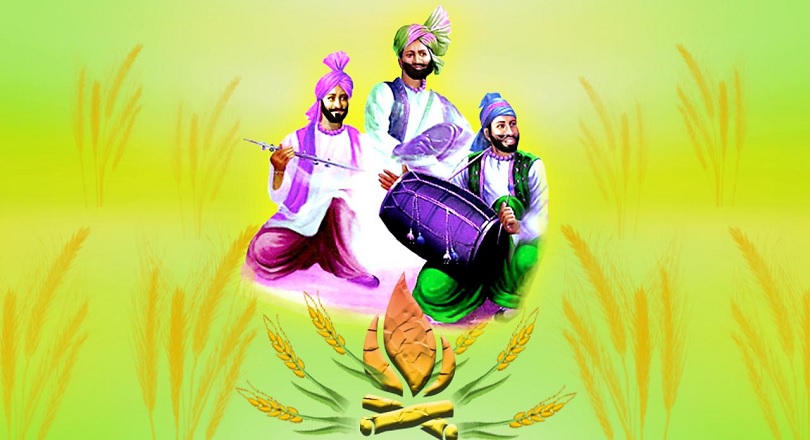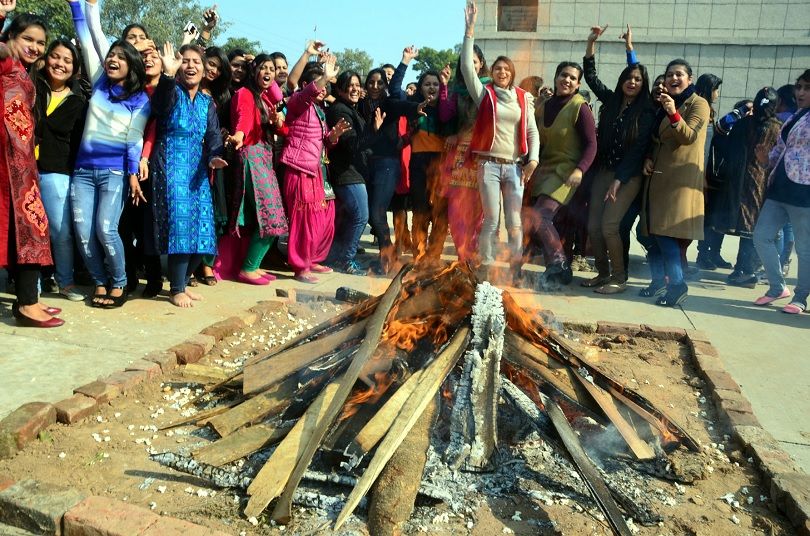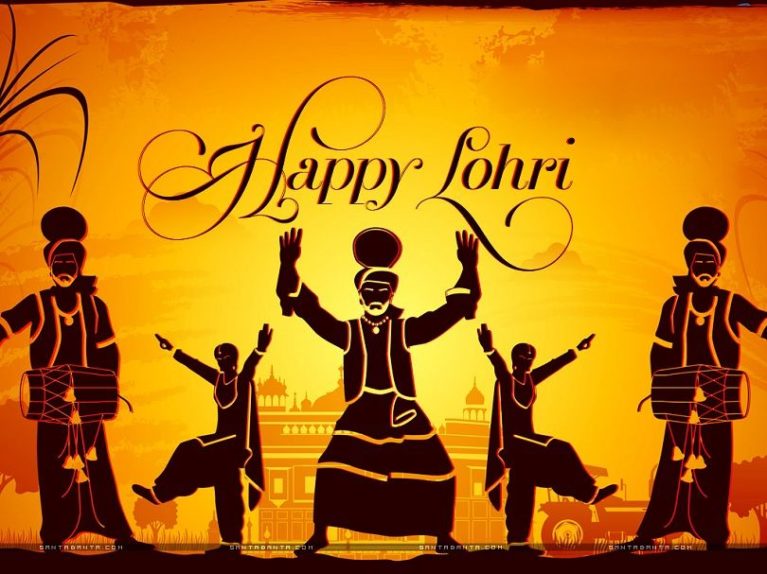In the midst of the weather that is freezing cold, with wobbling temperatures reaching from around 0 to 5 degrees centigrade with a very dense fog outdoors. Everything seems to be stagnant on location in northern India. But, underneath the seemingly frozen surface, travelers will be amazed in finding palpable pool of activities happening in the different parts of the area.

The local people, most especially the ones living in the northern states such as Haryana, some Himachal Pradesh parts, and Punjab are very busy preparing to make the Lohris festival a success. Lohri is a festival that most people waits long, a time when people can get out of their houses in celebrating the harvest of winter or rabi crops as well as surrendering to the enjoying and relaxing traditional dances with some folk songs playing in the background.
Importance
Punjab is the breadbasket in India because of the wheat which is the main crop being planted all over the place. Wheat is planted in the month of October and harvested during the months of March – April. In the first month of January, all the fields turn up with a promising golden harvest, and as such, farmers in the land are celebrating Lohri at a time of rest periods until such a time crops are ready for cutting and then gathering.

If we based on the actual Hindu calendar, the Lohri celebration falls in the middle of January. The earth is at its farthest away from the sun, and at this particular period of time, begins the journey nearing the sun, therefore ends the coldest days or months in the entire year called Paush. When this happens, it is now ready to announce the beginning of Magh month and the fortunate period called Uttarayan. Lord Krishna is noticeable in his own appearance in full magnificence at this time of the year, as stated in the Bhagawad Gita. The Hindus now nullify all of their sins through submerging in the river Ganges.
Legends & Customs
At day break of the Lohri day, little children go from one house to the next to sing and ask for some loot during Lohri in a mode of money or foodie such as jiggery, sesame seeds or tiil, peanuts, or some sweets like rewri and gajak.
The kids sing in worship to Dulha Bhatti, the Punkabi avatar who robbed the people who are rich with their wealth in order to help the needy ones, much of the likes of Robin Hood.
There is also a story when he helped wretched little village girl get away from her misery of making her get married to another man which is much like owning her as his sister.
Ritual in the Bonfire
At night, when the sun has set, bonfires that are huge than the height of two to four people arranged vertically are lit up which is started in the fields where wheat is harvested as well as the yard in front of the house.
The villagers gather round the growing flames, and are do a parikrama which is circling around the bonfire throwing pop corn, puffed rice, and other munch foods through the fire while shouting the words “Aadar aye dilather jaye” translated in English as “May the honor come and poverty vanish”, ending with some well known folk songs in the region.

The ritual is some sort of chant and meditation to the fire god, Agni, for the bountiful harvest, prosperity, and abundance. After parikrama, the people see relatives and their friends, exchange gifts and greetings, and spread out the prasad or offerings given to god.
The prasad is composed of five key items like gajak, peanuts, til, popcorn, and jiggery. Palatable savories made during winter are also served in the bonfire circle together with traditional dinner of multi millet bread that is hand rolled called makki-di-roti, and along with it is a sarson-da-saag or cooked mustard and herbs.
Songs & Dances
The men start the Bhangra dance when offertories are made in the bonfire. The dancing never stops until late in the night when new groups of men join in the dance in the midst of the drum beats. As a tradition, the local women don’t join in the Bhangra dance. They are however holding a different bonfire in a different patio and encircling it with a dance called gidda which is gracefull performed.
It’s Maghi Day
After the Lohri day is the day called Maghi which signifies the start of the Magh month. Based on the belief of the Hindus, this day is a fortunate time in taking a holy bath in a river as well as giving some of your richness to charity. Dishes which are sweet, customarily kheer, are being prepared together with some sugar cane juice to symbolize in celebration of the day.
Exhibiting Enthusiasm
Lohri as defined by many is more than a mere festivity, most especially the Punjab state residents. The Punjabis are sturdy, fun loving, jovial, enthusiastic, and energetic race, Lohri is their symbolization of their much appreciation for celebration, carefree flirtations as well as exhibiting exuberance during the entire Lohri festival.
Celebration Fertile Lands
The Lohri Festival is a celebration of fertility and the joys of life in Punjab, and when a male child is unexpectedly given birth or there is a wedding in one family, the festivity take on more significance where host families prepare a big feast and merriment combined with traditional dance of bhangra and rhythmic sounds from indigenous instruments such as gidda and the dhol. It is of utmost importance that new
Giving Thanks plus Get Together

These days, the Lohri celebration introduce an opportunity of taking a break from busy work schedules to the local people living in the community for some get together while sharing the company of each other. In other areas of India, the Lohri nearly overlaps with other festivities such as Makar Sankranti, Uttarayan, and Pongal. Each of these festivals convey the same meaning of unity and celebrating a brotherhood spirit while giving thanks to the almighty for the bountiful life here on earth.

